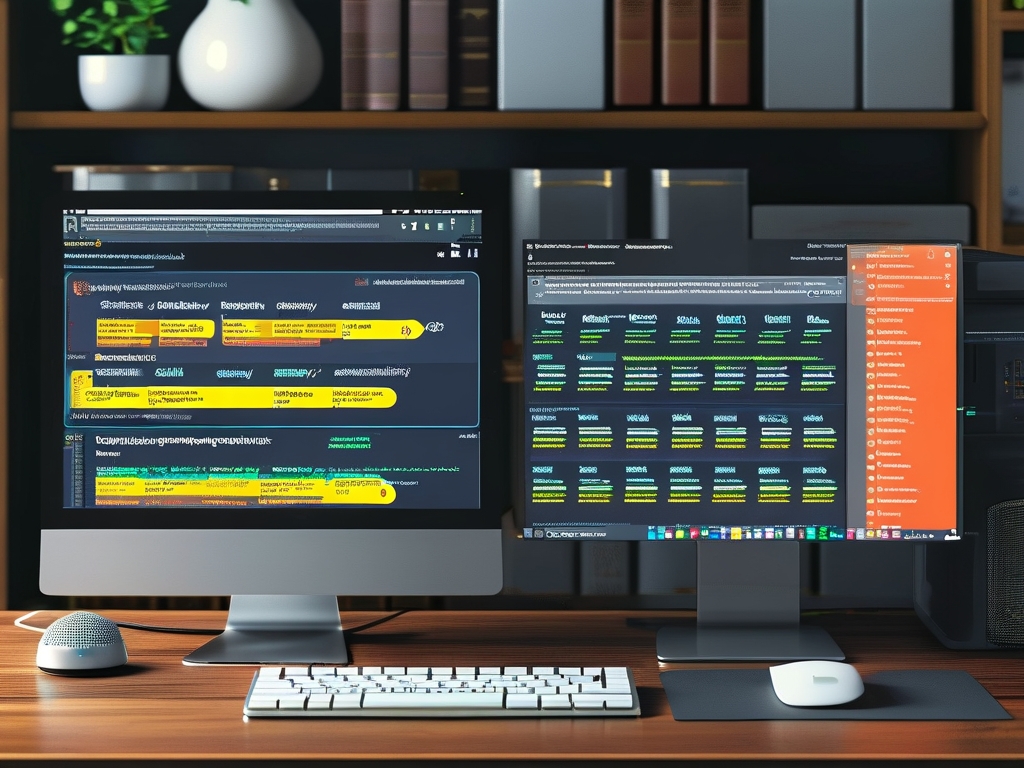In the era of cloud computing and distributed systems, virtualization technology and load balancing have emerged as critical components for optimizing resource utilization, enhancing performance, and ensuring service reliability. This article delves into the interplay between virtualization and load balancing, analyzing their roles, challenges, and real-world applications in modern IT infrastructures.

1. Understanding Virtualization Technology
Virtualization technology enables the creation of multiple simulated environments or dedicated resources from a single physical hardware system. By abstracting computing power, storage, and networking, it allows organizations to maximize hardware efficiency, reduce costs, and streamline operations. Common forms include:
- Server Virtualization: Dividing a physical server into isolated virtual machines (VMs).
- Network Virtualization: Combining hardware and software resources to manage network traffic.
- Storage Virtualization: Pooling physical storage from multiple devices into a single virtual storage unit.
The flexibility of virtualization supports dynamic scaling, rapid deployment, and improved disaster recovery. However, its effectiveness heavily depends on how workloads are distributed across virtualized resources-a challenge addressed by load balancing.
2. The Role of Load Balancing in Virtualized Environments
Load balancing ensures equitable distribution of workloads across servers, VMs, or containers to prevent resource bottlenecks and optimize performance. In virtualized systems, this process becomes more complex due to the dynamic nature of resource allocation. Key objectives include:
- Minimizing Latency: Redirecting traffic to underutilized nodes.
- Maximizing Throughput: Ensuring no single node is overwhelmed.
- Enhancing Fault Tolerance: Automatically rerouting traffic during hardware or software failures.
Modern load balancers leverage algorithms such as Round Robin, Least Connections, and Weighted Distribution. In virtualized environments, integration with hypervisors (e.g., VMware vSphere, Microsoft Hyper-V) enables real-time adjustments based on VM performance metrics.
3. Mechanisms for Load Balancing in Virtualization
Dynamic Resource Scheduling (DRS)
Tools like VMware DRS analyze resource usage across clusters and migrate VMs between hosts to balance CPU, memory, and storage demands. This proactive approach reduces manual intervention and improves system responsiveness.
Container Orchestration
Platforms like Kubernetes automate load balancing for containerized applications. By scaling containers horizontally and distributing traffic intelligently, they ensure high availability even in fluctuating workloads.
Software-Defined Networking (SDN)
SDN decouples network control from hardware, enabling centralized traffic management. Combined with virtualization, it allows administrators to programmatically route data based on current load conditions.
4. Challenges in Virtualization-Based Load Balancing
Despite its advantages, integrating load balancing with virtualization introduces challenges:
- Resource Contention: Over-provisioning VMs can lead to competition for CPU or memory.
- Dynamic Workloads: Sudden spikes in demand (e.g., e-commerce during holidays) require agile balancing mechanisms.
- Latency Sensitivity: Applications like real-time analytics demand near-instantaneous load redistribution.
Solutions include predictive analytics for workload forecasting, AI-driven automation, and hybrid models that combine static and dynamic balancing strategies.
5. Case Study: Cloud Service Providers
Major cloud platforms like AWS, Azure, and Google Cloud rely on virtualization and load balancing to deliver scalable services. For instance:
- AWS Elastic Load Balancer (ELB) distributes traffic across EC2 instances, automatically scaling capacity.
- Azure Traffic Manager uses DNS-based routing to direct users to the closest or least busy data center.
These systems demonstrate how virtualization and load balancing work synergistically to handle millions of requests daily while maintaining uptime.
6. Future Trends
Emerging technologies are reshaping this landscape:
- AI-Optimized Load Balancing: Machine learning models predict traffic patterns and pre-allocate resources.
- Edge Virtualization: Distributing virtualized workloads across edge nodes to reduce latency.
- Serverless Architectures: Automating load balancing entirely through event-driven resource allocation.
7.
Virtualization technology and load balancing are inseparable pillars of modern IT infrastructure. By intelligently distributing workloads, organizations achieve higher efficiency, resilience, and scalability. As workloads grow in complexity, advancements in AI, edge computing, and automation will further refine these technologies, paving the way for next-generation systems capable of self-optimization.
To stay competitive, businesses must adopt a holistic approach-combining robust virtualization platforms with adaptive load balancing strategies-to meet the demands of an increasingly digital world.









